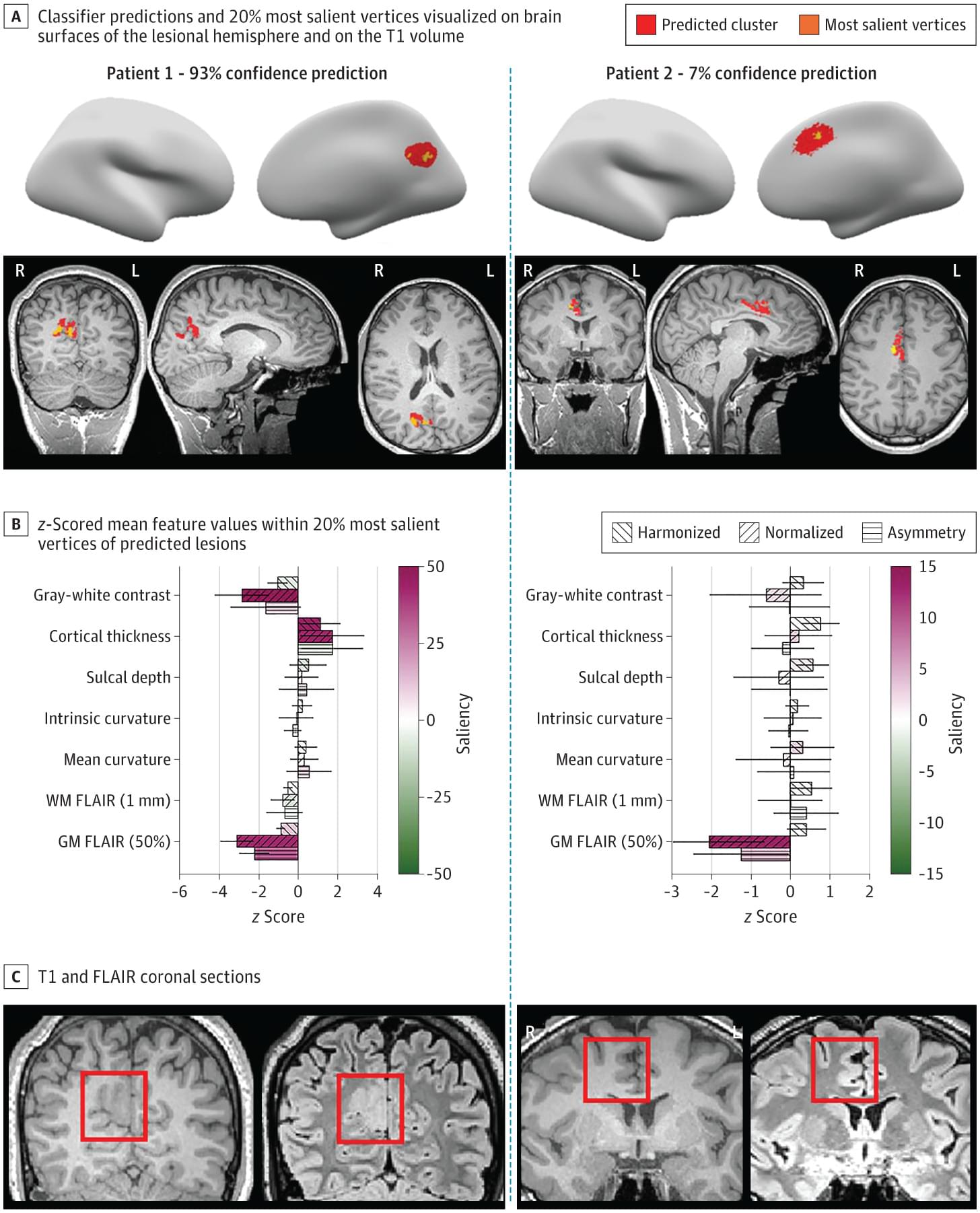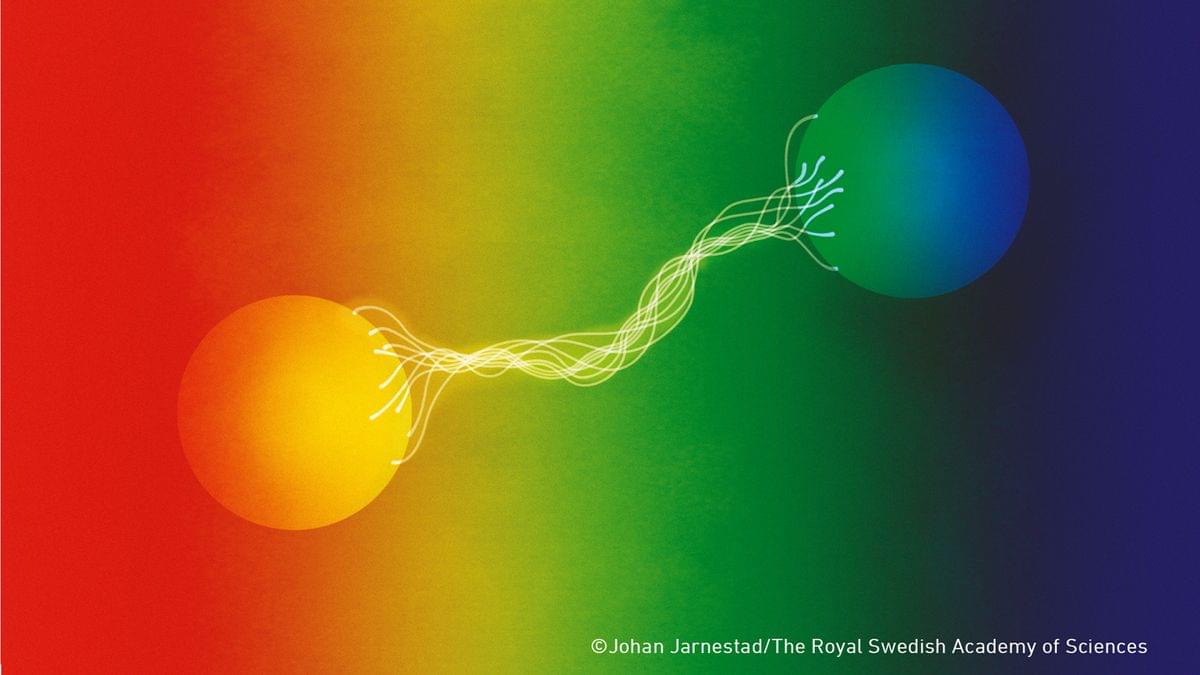You may have noted that AI companions are an intriguing yet complex phenomenon in this modern age. This event has caused various psychological effects on the human mind, both beneficial and detrimental. With the rapid advancement of AI systems, including conversational interfaces, virtual personal assistants, and robotic companions, interactions with these technologies are increasingly influencing emotional well-being and social behavior. You must have watched the film “Her,” which highlights similar themes of companionship with an operating system.
Her follows Theodore, a lonely writer who develops a deep emotional connection with an AI assistant named Samantha. Unlike traditional AI, Samantha isn’t just a programmed voice—she learns, evolves, and expresses emotions, making Theodore feel truly seen and understood. Their relationship blurs the line between human and machine companionship, raising questions about whether AI can meet emotional needs the way real human relationships do. As Samantha grows beyond Theodore, the film explores what it means to love something that isn’t physically present and whether AI relationships can ever replace real human connection.
This article will explore the psychological effects of AI companions, their potential benefits, and the limitations of this technology.






